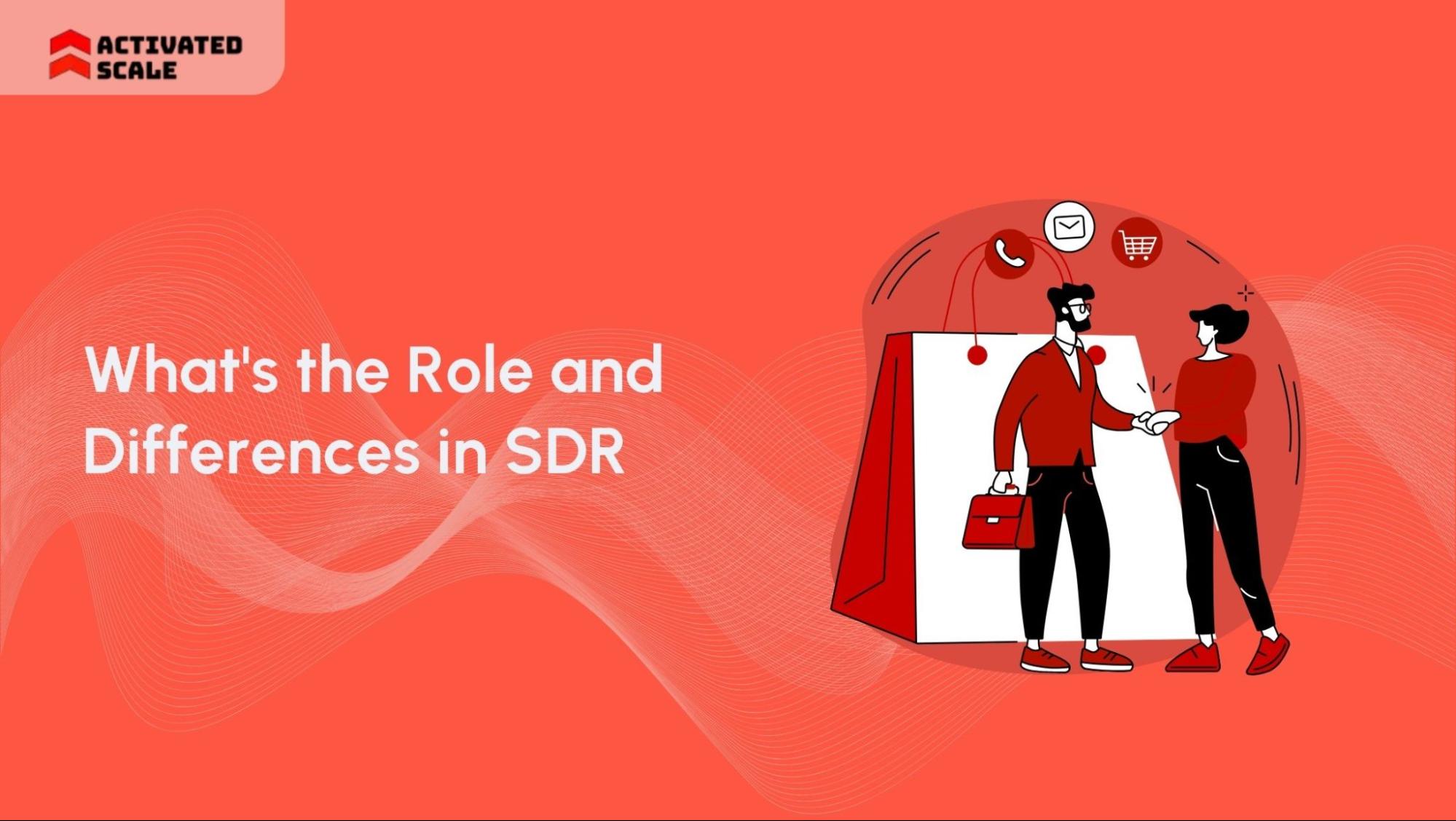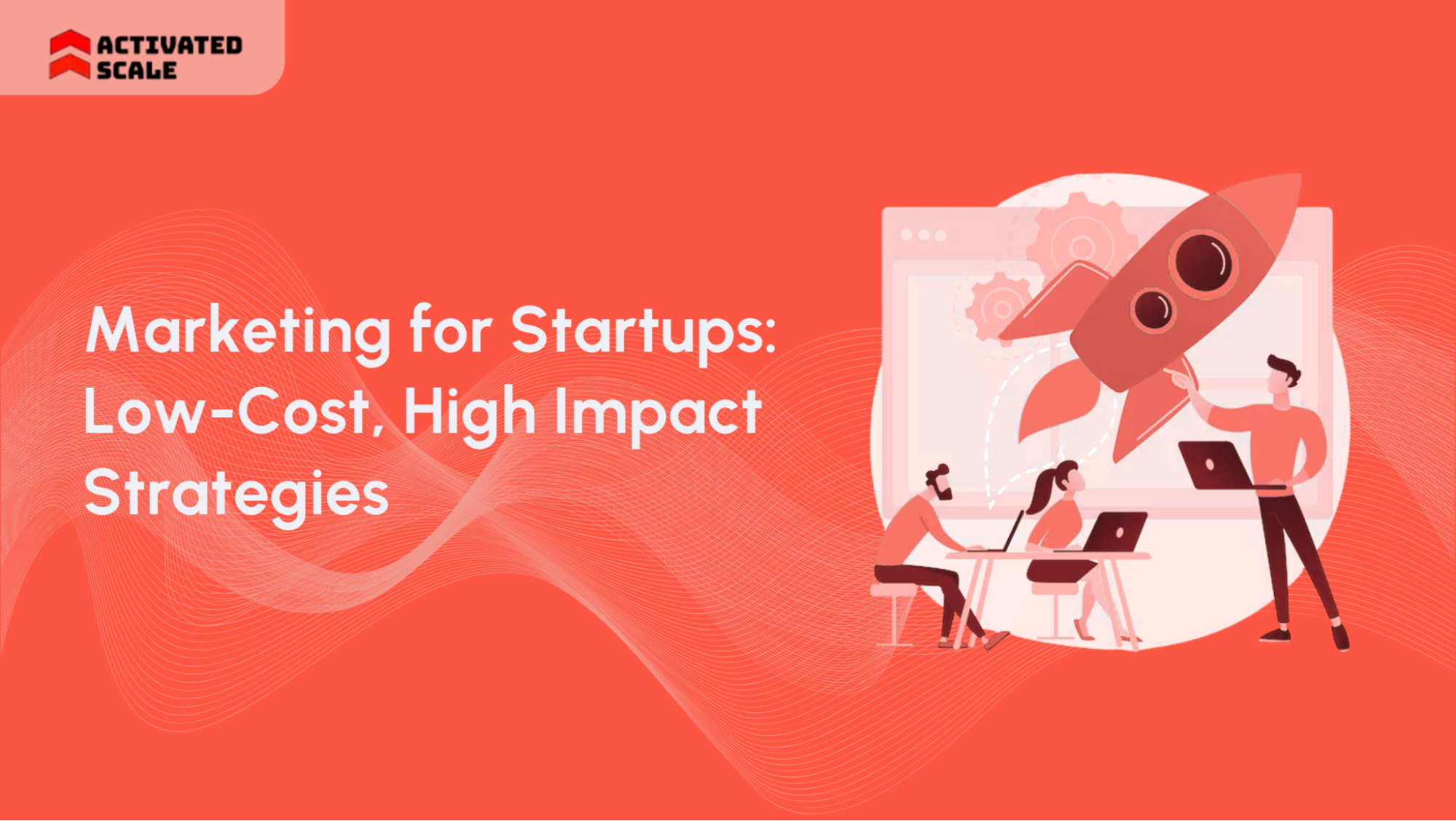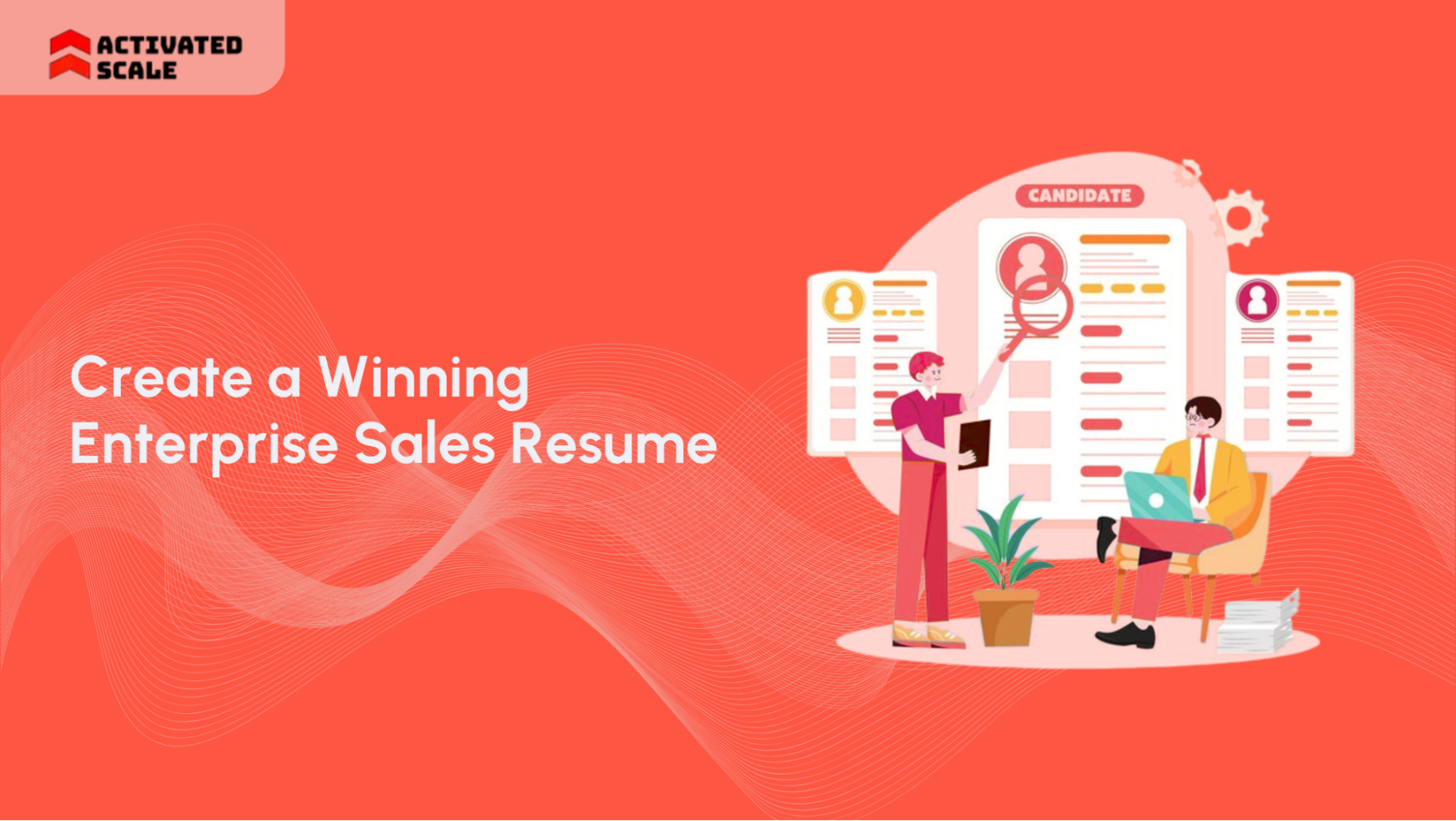A potential customer’s first engagement with your brand can significantly influence their journey towards making a purchase. Whether it’s through an ad, a social media post, or a newsletter, this initial interaction is crucial.
However, the challenge lies in attracting high-quality leads that are likely to convert rather than just increasing the volume of leads.
Enhancing lead generation quality requires a strategic approach tailored to meet your ideal customers' specific needs and interests.
In this guide, we’ll explore practical tips and strategies for improving the effectiveness of your lead generation efforts, ensuring you attract not only more leads but also the right ones.
Understanding Lead Quality
In marketing, a lead refers to an individual or organization that shows interest in your products or services, typically through actions like filling out a contact form, subscribing to a newsletter, or engaging with your content. This interest separates a lead from general traffic, marking them as potential customers.
Difference Between Inbound and Outbound Leads
Characteristics of High-Quality Leads
High-quality leads exhibit characteristics that increase their likelihood of converting into paying customers.
These include:
- High Engagement: They actively interact with your brand through various channels.
- Specific Need: They have a clear need that your product or service can fulfill.
- Buying Intent: They show signs of readiness to purchase, such as asking detailed questions about pricing or product capabilities.
- Authority and Ability: In B2B settings, these leads often have decision-making power within their organization or the ability to influence those who do.
Importance of Targeting Informed Prospects
Targeting prospects who are already informed about your industry or the type of products and services you offer is crucial.
Informed prospects are more likely to understand the value of what you are offering, which shortens the sales cycle and increases the chances of conversion. By focusing on these informed individuals, you can assign resources more effectively and improve the overall leads generation quality.
This strategic focus enhances the efficiency of your sales process and boosts the ROI of your marketing campaigns.
4 Types of Leads
Here’s a breakdown of the common types of leads you might encounter:
1. Marketing Qualified Lead (MQL)
An MQL is a lead who has engaged with your marketing efforts and is considered more likely to become a customer than other leads. This qualification is based on specific interactions, such as downloading content, clicking on ads, or attending webinars, that suggest a higher interest in your product.
2. Sales Qualified Lead (SQL)
An SQL is a lead that your sales team has accepted as ready for a direct sales push. This type of lead has passed the initial engagement stage and has shown clear intent to buy, such as requesting a demo or filling out a contact form asking about product-specific information.
3. Product Qualified Lead (PQL)
A PQL is a lead who has used your product (often via a free trial or a freemium model) and has taken actions that show an interest in becoming a paying customer. These leads have experienced your product's value firsthand and are considered to be at a more advanced stage in the buying process.
4. Service Qualified Lead (SQL)
This type of lead is similar to a PQL but specific to services. A service-qualified lead is someone who has indicated an interest in your service through engagements such as using a free version of a service or an inquiry about upgrading their existing service level.
Lead Qualification Frameworks
Below, we explore three popular lead qualification frameworks:
1. BANT Framework
- Budget: Determines if the prospect has a budget set aside for the product or service.
- Authority: Assesses whether the contact person has the decision-making power or influence.
- Need: Identifies a specific need that the product or service can fulfill for the prospect.
- Timeframe: Establishes when the prospect intends to purchase or implement the solution.
The BANT framework is a traditional model that helps sales teams prioritize leads based on their readiness to buy and fit with the company’s offerings.
2. MEDDIC Framework
- Metrics: Focus on the quantifiable success your solution can bring the customer.
- Economic Buyer: Identify who controls the budget and what their priorities are.
- Decision Criteria: Understand the criteria the company uses to make purchasing decisions.
- Decision Process: Learn how decisions are made and who else is involved.
- Identify Pain: Pinpoint the customer’s pain points that your product or service can alleviate.
- Champion: Find an internal advocate within the customer’s organization who supports and promotes your solution.
MEDDIC is particularly useful in complex B2B sales environments with multiple stakeholders and long sales cycles. It helps to provide a deep understanding of the prospect’s buying process.
3. CHAMP Framework
- Challenges: What specific challenges does the prospect face that your product or service can solve?
- Authority: Who has the authority to make buying decisions, and how can you engage them?
- Money: Is there a budget available, and how critical is the cost to the decision-making process?
- Prioritization: How high is the solution on the prospect's list of priorities, and what might increase its urgency?
CHAMP focuses on the challenges first, ensuring that the sales approach aligns directly with solving the prospect's most pressing problems. This often results in a more consultative selling style and can effectively align the sales pitch with the prospect's immediate needs.
Also read: Differences Between Lead Generation and Lead Qualification
Strategies for Increasing Lead Generation Quality
Here are some targeted strategies to help refine your lead generation process and attract more qualified prospects:
1. Define Your Audience
Defining your audience precisely helps ensure that your marketing efforts are directed toward people most likely to benefit from and buy your products or services.
- Create Ideal Buyer Personas: Create detailed profiles of your ideal customers using demographic, psychographic, and behavioral data. This helps tailor your marketing efforts to the specific needs, behaviors, and concerns of different segments.
- Use Tools Like Google Analytics: Utilize analytics tools to gather data on your website visitors’ activities. This information can help you understand who your audience truly is, what interests them, and how they interact with your content, enabling more targeted marketing strategies.
2. Craft Compelling Marketing Messages
- Understand Pain Points: Dive deep into the challenges and needs of your target audience. This understanding helps you craft messages that resonate deeply, addressing real issues your prospects face.
- Follow the 4Cs: Make your marketing messages Clear, Concise, Consistent, and Compelling. Clear and concise communication ensures that your value proposition is easily understood, while consistency helps build trust and brand recognition. Compelling messages motivate action and engagement.
Effective messaging that adheres to these principles can significantly enhance the appeal of your offerings to potential leads.
3. Use Advanced Targeting Options
Advanced targeting allows for precision in your marketing campaigns, ensuring that your resources are spent attracting the most viable leads who are more likely to convert.
- Specified Keywords: Use SEO and PPC strategies to target specific keywords that your ideal clients are searching for. This will help attract visitors who are looking for exactly what you offer.
- Job Title Targeting: On platforms like LinkedIn, target prospects based on their job titles, which are indicative of their influence and decision-making capabilities within their organizations.
- Legacy Lookalike Audiences: Use data from your best customers to create lookalike audiences on social platforms. These audiences are modeled to resemble your existing customers, thereby likely to be interested in your offerings.
Developing Detailed Forms and Landing Pages
Here’s how to enhance your forms and landing pages to filter and attract more serious leads:
1. Increase Form Fields to Filter Serious Leads
Adding more fields to your forms can help deter casual browsers who are not genuinely interested in your offer. While this might decrease the quantity of your leads, it significantly increases their lead generation quality.
For instance, including fields that ask for specific details about a prospect’s needs or budget can help ensure that only serious inquiries submit the form.
2. Use Conditional Logic for Further Qualification
Implement conditional logic in your forms, where additional fields dynamically appear based on how a prospect answers certain questions. This approach helps gather more detailed information without overwhelming the initial visitor.
For example, suppose a prospect indicates that they are interested in a high-tier product. In that case, the form can adapt to ask more in-depth questions relevant to their specific interests or requirements.
3. Optimize Landing Pages
- Add Qualifying Fields: Incorporate fields that qualify the lead directly on the landing page, such as checkboxes that gauge their readiness to purchase or a dropdown to select their industry.
- Improve Page Performance: Ensure your landing pages load quickly and are optimized for mobile devices. A smooth, fast-loading experience reduces bounce rates and helps maintain the prospect’s interest. Use high-quality, relevant images and clear, persuasive copy that aligns with the messages on your forms.
Utilizing Automation and Technology
Automation and technology streamline operations and ensure precision and effectiveness in targeting and nurturing potential customers. Here are key technologies that can dramatically improve your lead generation process:
1. Email Automation Tools for Lead Nurturing and Follow-ups
Email automation platforms like Mailchimp, HubSpot, or ActiveCampaign help you to set up automated email sequences that send tailored messages based on user behavior.
For example, if users download a whitepaper from your site, they can automatically receive a follow-up email thanking them and suggesting additional related resources. This continual engagement helps nurture leads through the sales funnel without manual intervention, ensuring timely and relevant communication.
2. Automated Evaluation Software for Lead Scoring
Implementing lead scoring software helps quantify a lead's potential value based on their actions and engagement level. Tools like Salesforce or Marketo use algorithms to score leads, allowing you to prioritize those most likely to convert.
This systematizes the qualification process, enabling your sales team to focus on leads with the highest conversion potential, increasing efficiency and success rates.
3. Tools for Targeting and Capturing High-Intent Visitors
Platforms like Drift and Intercom integrate AI-powered chatbots and targeted messaging systems on your website. These tools engage visitors in real-time, offering instant assistance or capturing lead information through interactive conversations.
For instance, if a visitor spends significant time on a product page, the chatbot can proactively offer to answer any questions or guide them through the purchase process.
This immediate interaction capitalizes on high intent and can significantly boost conversion rates.
Also read: Using AI Tools for Effective Lead Generation
Continuous Monitoring and Adjustment
Continuous monitoring and adjustment are crucial to ensure the effectiveness of your lead generation strategies over time. These practices help identify what’s working and what isn’t, allowing for timely optimizations that dramatically improve outcomes. Here’s how to keep your lead generation process dynamic and increasingly effective:
1. Regular Review of Marketing Efforts
Set a weekly, monthly, or quarterly routine to review all your marketing activities. Use analytics tools to track key performance indicators (KPIs) such as:
- Click-through rates
- Conversion rates
- ROI from different channels
This ongoing evaluation helps spot trends, successes, or areas needing improvement, ensuring your strategies remain aligned with business goals and market conditions.
2. A/B Testing for Optimization
Implement A/B testing across your digital assets, including emails, landing pages, and call-to-action (CTA) buttons. By comparing two different versions of a campaign element, you can identify which performs better and optimize your lead generation efforts accordingly.
For example, testing two different email subject lines can reveal which style or wording more effectively engages your audience, leading to higher open rates and interactions.
3. Feedback Loops with the Sales Team
Establish a feedback loop between your marketing and sales teams. Sales personnel can provide insights into the quality of leads generated and their progression through the sales funnel. Regular meetings to discuss feedback can help adjust lead-scoring models and refine target personas.
This collaboration ensures that the marketing efforts generate leads and produce high-quality leads that are more likely to convert, thus aligning marketing strategies more closely with sales outcomes.
Conclusion
Improving lead generation quality is pivotal to maximizing the efficiency of your marketing activities and increasing your conversion rates. By focusing on attracting the right leads, you ensure that your resources are invested in prospects that are most likely to become valuable clients.
Remember, quality always trumps quantity when it comes to building a sustainable and successful business.
Ready to attract more high-quality leads?
Activated Scale offers a comprehensive solution for lead generation and business development. It connects you with experienced and vetted fractional SDRs and BDRs who can help you achieve your sales goals.
Schedule a call today and learn how we can help you achieve your lead generation goals.
The Ultimate Guide to Hiring a Salesperson!
Get the step-by-step guide to hiring, onboarding, and ensuring success!
_edi.png)




